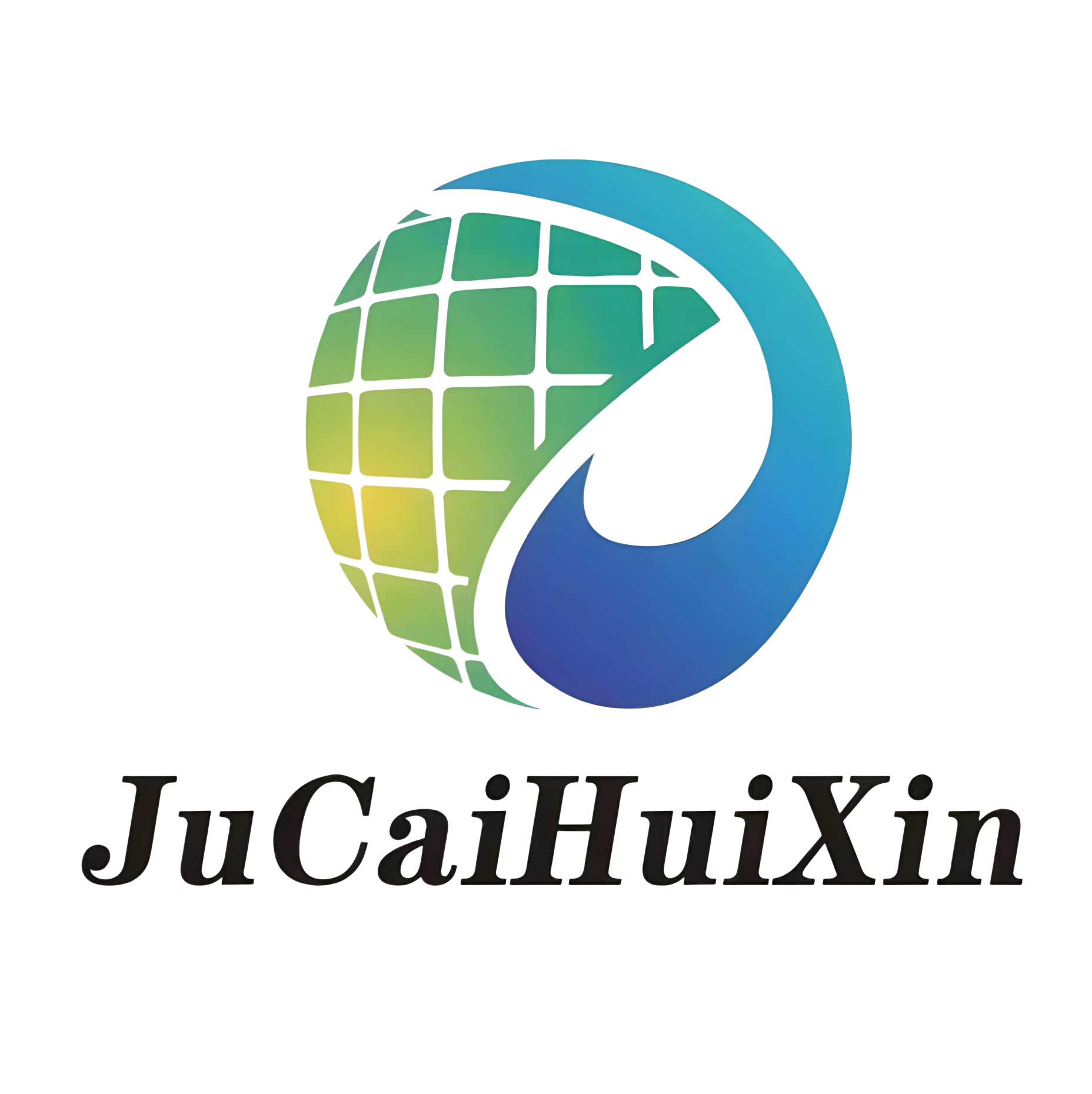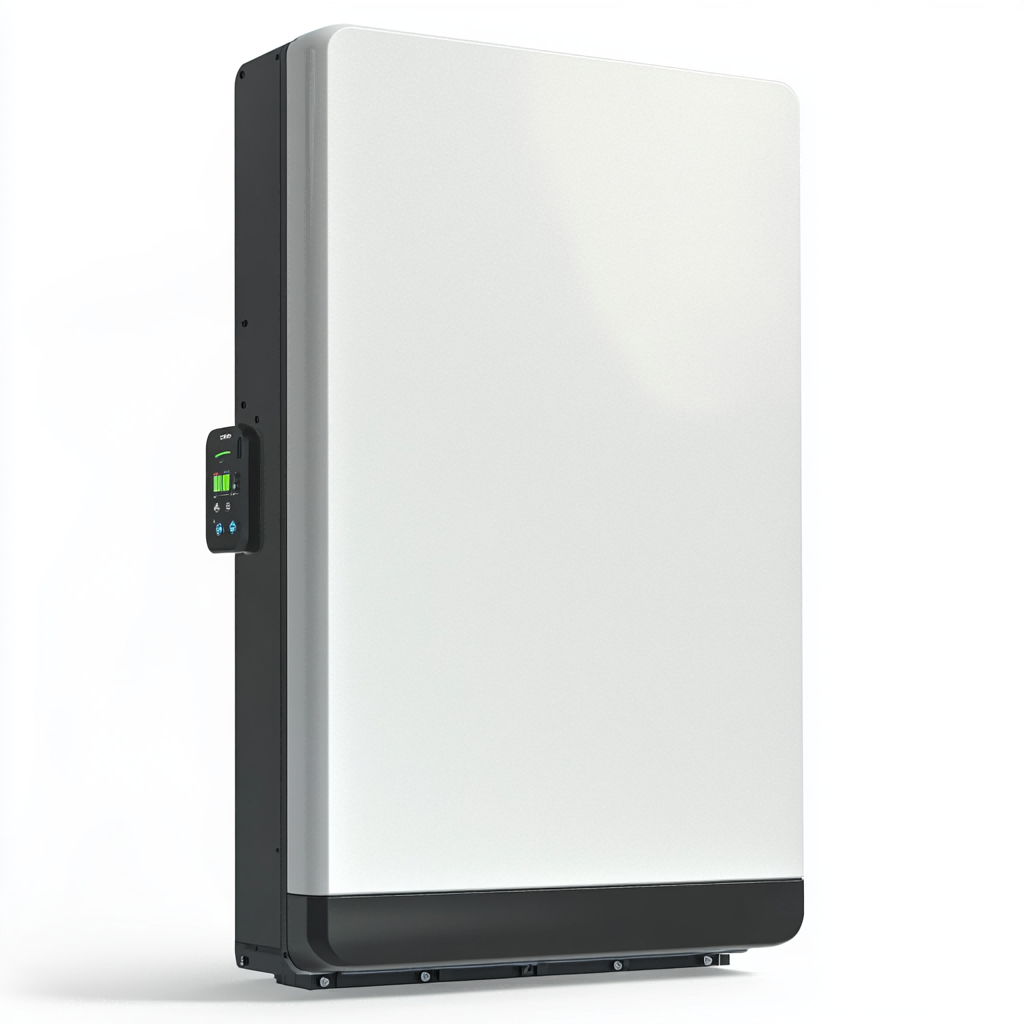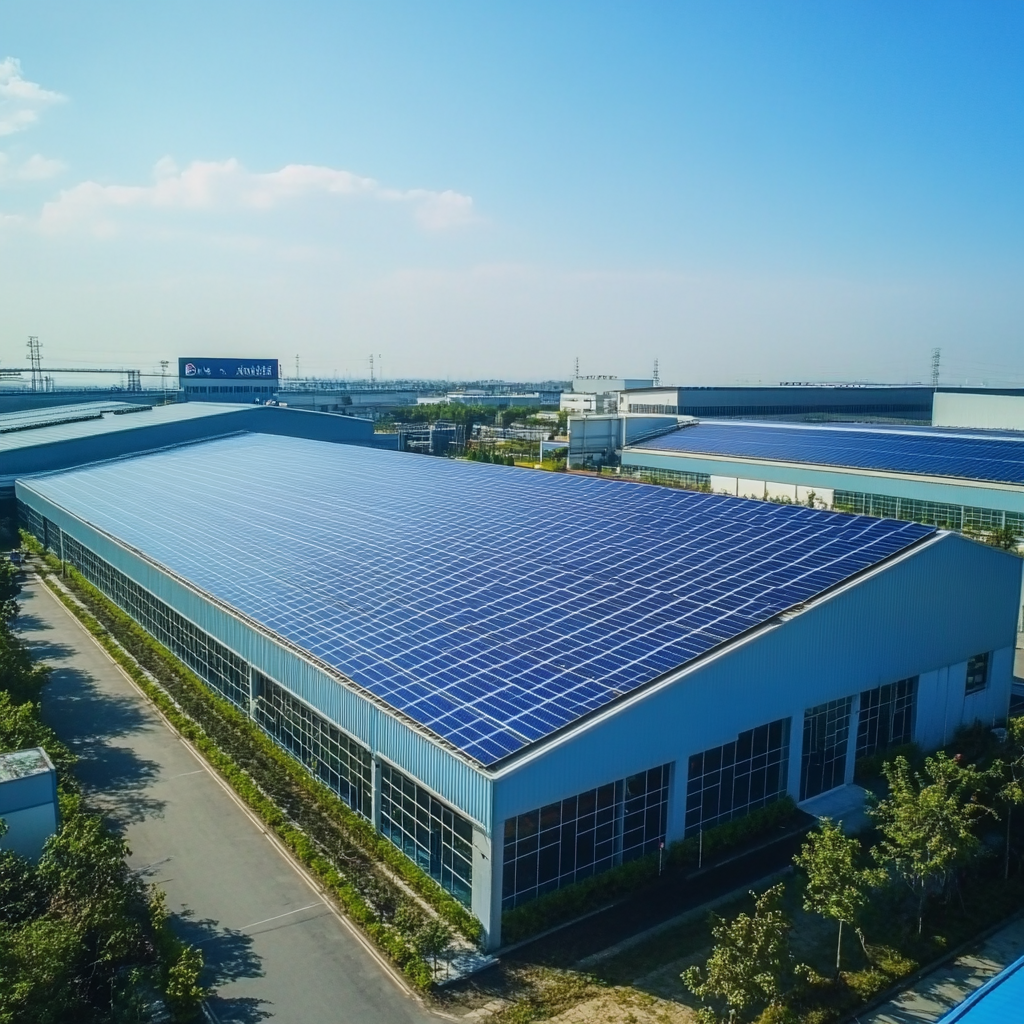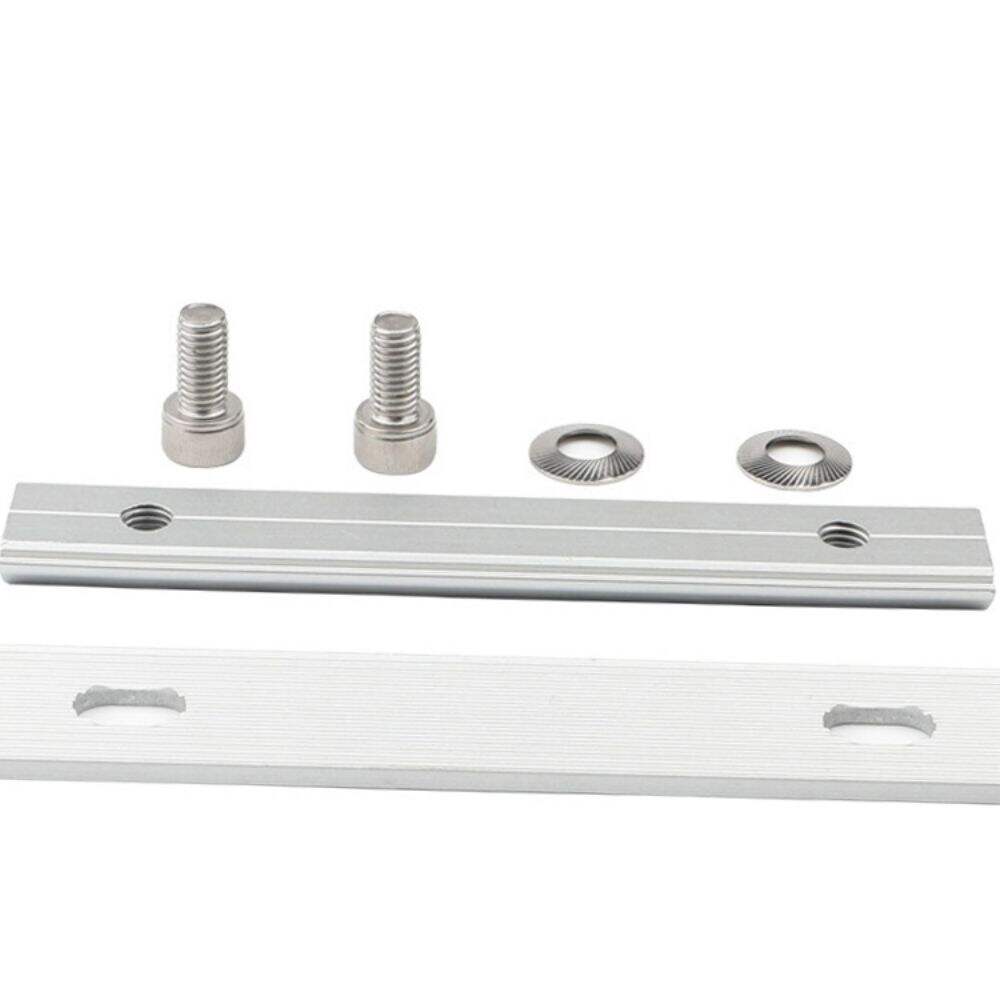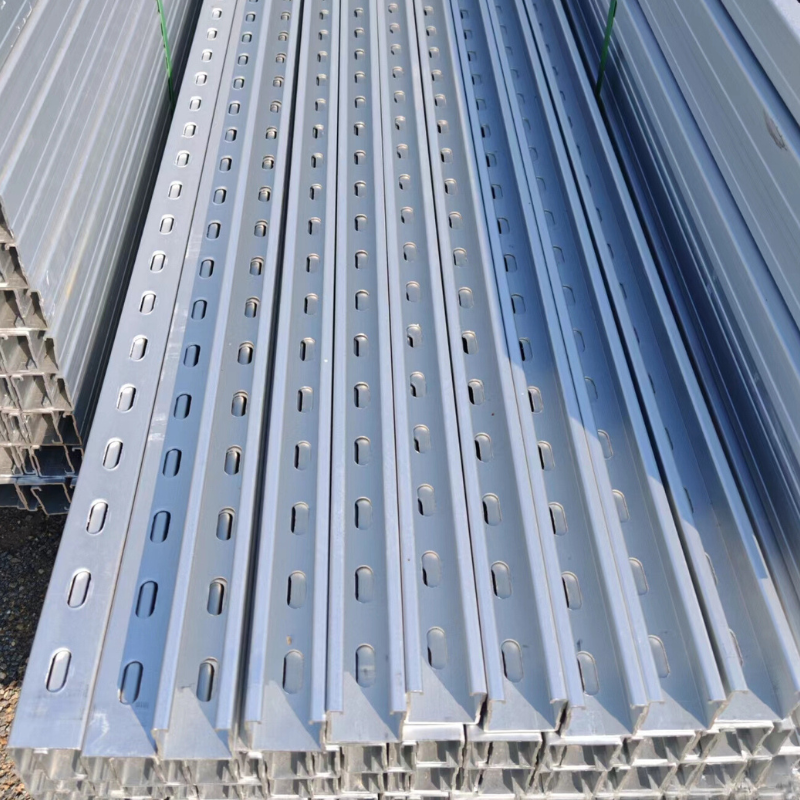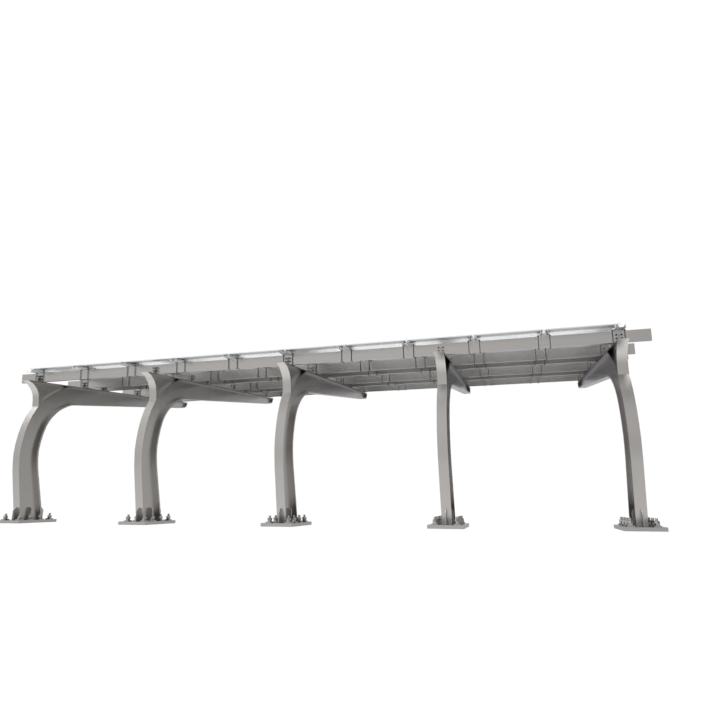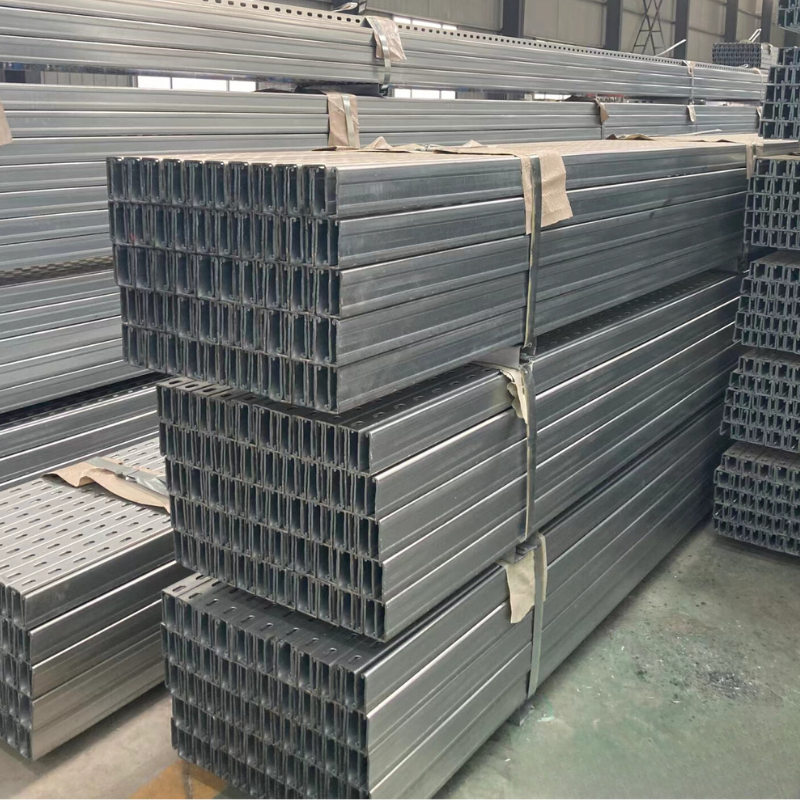How does a solar roof mounting system impact the longevity of the roof?
Introduction to Solar Roof Mounting Systems and Roof Longevity
The Role of Mounting Systems in Solar Installations
Solar roof mounting systems are vital as they ensure that solar panels are securely anchored and strategically positioned to absorb maximum sunlight. These mounting systems not only uphold the panels but also help enhance the system's efficiency. Various types like flush mounts, ballasted mounts, and pole mounts exist, each influencing the solar installation's functionality in unique ways. For instance, flush mounts position panels closely to the roof, offering stability and resistance to strong winds, whereas pole mounts provide adjustable angling for optimal sun exposure. Beyond efficiency, a well-designed mounting system can extend the longevity of both the solar panels and the roofing surface, preventing undue stress and deterioration over time. By maintaining a robust connection, these systems can forestall premature wear and tear, delivering sustained energy savings.
Key Factors Influencing Roof Lifespan with Solar Panels
The material composition of both your roof and solar panels significantly affects your roof's lifespan. For example, asphalt shingle roofs may degrade faster under solar panel loads compared to more durable metal roofs. A professional installation accounts for factors like orientation, shading, and tilt angle—critical for optimizing energy output while minimizing potential maintenance concerns in the long run. Ensuring correct panel positioning reduces stress on the roof, thereby protecting it from leaks and other structural issues. Importantly, hiring skilled professionals for solar panel installations minimizes risks, ensuring that the system integrates seamlessly with the roofing to uphold its integrity for decades. By prioritizing these elements, the synergy between the solar panels and roofing extends both their lifespans, reinforcing your investment in renewable energy solutions.
How Solar Roof Mounting Systems Protect Against Weather Damage
Shielding Roofs from UV Rays and Temperature Fluctuations
Solar roof mounting systems play a crucial role in protecting roofing materials from harsh UV rays and temperature changes. These mounting systems act as a protective shield, reducing the direct exposure of roofing materials to harmful ultraviolet radiation, which can cause significant material degradation over time. By providing an added layer of insulation, these systems help maintain temperature stability, reducing thermal expansion and contraction. This is vital as repeated temperature fluctuations can lead to the deterioration of roof components. Research supports that roofs equipped with solar panels experience less temperature variance, which helps preserve the quality and lifespan of the underlying materials. Thus, solar roof mounting systems not only enhance energy efficiency but also contribute to the long-term durability of roofing structures.
Reducing Impact of Hail, Wind, and Debris
Solar roof mounting systems are designed to withstand a wide range of severe weather conditions, including hailstorms and strong winds. These systems offer a stable platform for solar panels, absorbing and distributing shock from hail impacts, thus reducing the potential for damage. Through solid stabilization of panels, movement during high winds is minimized, effectively protecting the roofing surface beneath. Evidence from storm reports indicates that roofs with solar panels often sustain less damage compared to those without during extreme weather events. By offering a robust defense against hail, wind, and debris, solar mounting systems contribute significantly to the overall resilience and durability of the roof.
Minimizing Physical Wear and Tear with Proper Mounting
Non-Penetrative vs. Traditional Mounting Methods
Solar mounts come in various forms, and the method of attachment can significantly impact roof integrity. Non-penetrative mounting systems, which do not require drilling holes into the roofing material, are particularly advantageous in maintaining the roof's waterproofing. These systems reduce the risk of leaks and structural damage over time, as opposed to traditional methods that necessitate creating holes that could potentially compromise the roof's seal. Studies indicate that non-penetrative methods are advantageous in prolonging roof life by minimizing direct impacts on the structure, thus maintaining its integrity and reducing maintenance needs. This makes them a preferred choice for individuals prioritizing roof longevity and reduced repair costs.
Distributing Weight to Prevent Structural Strain
An essential advantage of solar roof mounting systems is their ability to distribute the weight of solar panels evenly across the roof. This design feature is critical in preventing localized stress, which can lead to structural issues such as sagging or cracking. Engineering studies have shown a direct correlation between balanced weight distribution in mounting systems and extended roof longevity, as this approach eliminates concentrated loads that may strain the roofing materials. By reducing localized pressure, solar mounts help avoid the costly repairs associated with structural deformation, ensuring both the solar system and the roof remain in optimal condition over time.
Preserving Roof Surface Integrity Over Time
The strategic implementation of solar roof mounting systems plays a vital role in preserving the surface integrity of roofing materials. These systems act as a protective layer, preventing environmental elements like water and debris from accumulating on the roof. By maintaining a clean and intact surface, well-installed mounts help ensure that the roofing materials remain undamaged and free from deterioration. Reports indicate that roofs protected by these systems have longer intervals between necessary repairs, thereby promoting overall roof longevity. This not only extends the life of the roof but also helps in maintaining its aesthetic appeal and structural soundness over time.
Preventing Water Damage and Leak Risks
Sealant and Flashing Best Practices
Proper application of sealants around mounts is crucial in preventing water ingress, effectively shielding your roof from leaks. It's essential to employ expert flashing techniques to direct water away from important areas, further minimizing leak risks. Studies by roofing professionals highlight that adhering to these best practices can considerably reduce the incidence of leaks in solar installations, enhancing overall roof integrity and longevity.
Roof Penetration Risks and Mitigation Strategies
Identifying vulnerable penetration points is essential in averting potential water damage. Implementing thorough inspections and executing timely repairs are effective mitigation strategies to preserve waterproof integrity. Data indicates that proactive assessments can substantially decrease the likelihood of leaks in solar installations, safeguarding both the roof and the solar equipment from water-related issues.
Warranty Considerations for Waterproofing
Understanding the conditions of warranties related to waterproofing is integral for long-term maintenance planning. Many solar mounting systems are accompanied by specific warranties that offer protection against water damage for a defined period. Experts advise meticulously reviewing warranty details to avoid nullifying coverage due to improper installation, ensuring enduring protection and peace of mind regarding your investment.
Long-Term Roof Health and Material Compatibility
Impact on Roof Lifespan and Potential for Fewer Repairs and Replacements
Ensuring compatibility between roofing materials and solar system components is critical for long-term roof health. When roofing materials are well-matched with solar installations, it leads to fewer repairs and a longer lifespan for the roof. Studies have shown that when components work in harmony, the roof not only withstands environmental stress better but also experiences reduced wear and tear. For example, using non-invasive solar roof mounting systems like standing seam clamps helps maintain structural integrity by avoiding the need for roof penetrations. This compatibility prevents potential leaks and structural damage, ultimately preserving the roof's condition and reducing maintenance needs.
Moreover, expert testimonials frequently highlight the significant enhancement in material performance and durability resulting from compatible installations. Industry professionals emphasize that using materials that complement each other can significantly extend the roof's life, offering examples from various sectors where such installations have led to notable longevity improvements. In the solar energy context, maintaining material compatibility can yield substantial benefits, such as reduced frequency of repairs and replacements, thus adding value to the investment in both roof and solar systems.
Conclusion: Summary of how solar mounting systems contribute to roof longevity
In summary, solar roof mounting systems play a pivotal role in enhancing roof longevity by providing sturdy support and protective measures. These systems are designed to ensure that solar panels are securely attached without compromising the integrity of the roofing structure. By distributing weight evenly and minimizing stress points, they help prevent potential damages caused by environmental factors. Moreover, quality solar mounting systems incorporate compatible materials that work in harmony with existing roofing components, thereby reducing the likelihood of wear and tear. This synergy between solar installations and roofing materials not only extends the roof's lifespan but also decreases the need for frequent repairs or replacements, ensuring a durable and robust shelter over time.
FAQ
What are the main types of solar roof mounting systems?
The main types of solar roof mounting systems include flush mounts, ballasted mounts, and pole mounts. Each offers unique benefits like stability, adjustable angling, and protection against environmental factors.
How do solar panels affect the lifespan of a roof?
Solar panels can extend a roof's lifespan by protecting it from UV rays, temperature fluctuations, and harsh weather conditions. The correct installation and compatibility with roofing materials are crucial factors in this outcome.
Why are non-penetrative mounting systems preferred?
Non-penetrative mounting systems are preferred as they reduce the risk of leaks and structural damage by not requiring holes to be drilled into the roofing material. This approach maintains waterproofing and structural integrity.
How can solar panels help optimize roof ventilation?
Solar panels create air gaps between themselves and the roof, promoting airflow that prevents moisture buildup. This improved ventilation is essential to avoid mold/mildew, which can deteriorate roofing materials over time.
